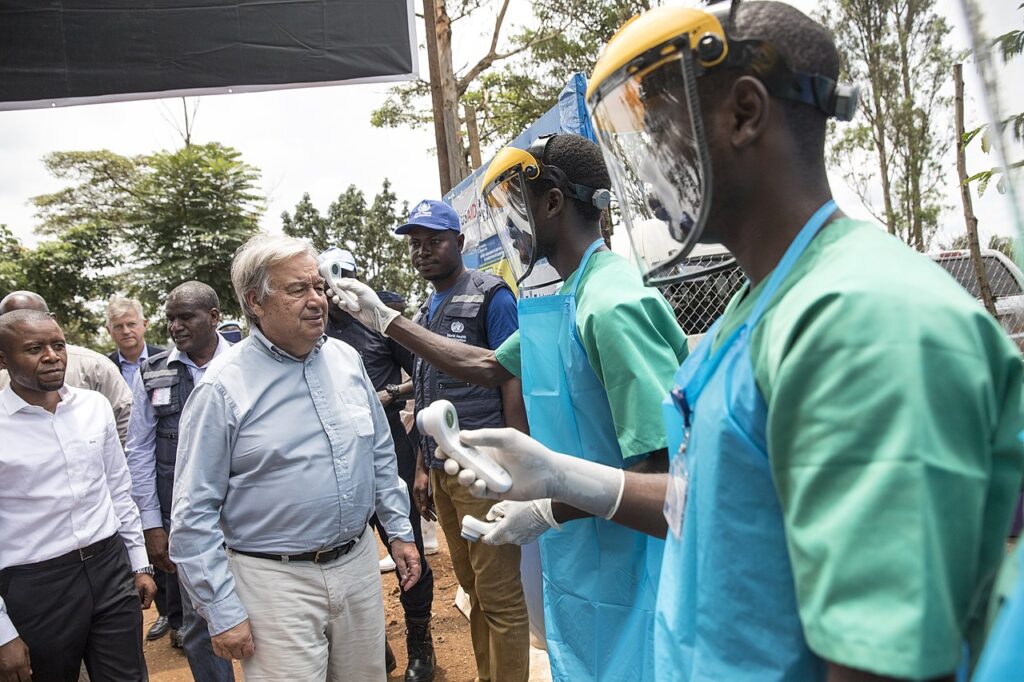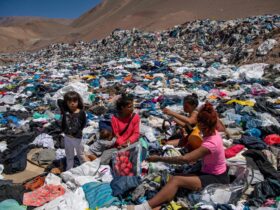SDG Overview
Regarding the United Nations Sustainable Development Goals (SDGs), a set of 17 goals intended to provide quantitative data on each country’s development progress, Syria ranks 130th of 166 countries and territories. Syria particularly lags behind its regional counterparts in SDG 9 — “Industry, innovation and infrastructure” — and SDG 11 — “Sustainable cities and communities.” Overall, Syria’s progress is stagnant or worsening, with only 28.3% of the goals achieved or on track — however, even this figure is misleadingly positive, as the only improving indicators are misrepresentative of the country’s development as a whole.
Indicators dependent on economic prosperity inappropriately paint a success story; while decreases in import-related water consumption, fatalities and environmental hazards seem like progress, they are results of economic hardship. According to the WTO, Syria exported $12.2 billion a year before the war; in 2021, exports amounted to $739 million.
The only goals considered “achieved” or “on track” are SDGs 12 and 13, which relate to climate change. In 2021, Syria emitted carbon dioxide at a rate less than half of pre-war rates. Solid waste, sulfur dioxide emissions and nitrogen emissions have also decreased. While the UN describes SDG 13 as taking “urgent action to combat climate change,” this decrease is due to the war’s hindrance of industrial production rather than progressive policymaking.
The most critical areas for Syrian development are SDG 8, “Decent work and economic growth;” SDG 9, “Industry, innovation and infrastructure;” and SDG 17, “Partnerships for the goals.” While other SDGs remain important, SDGs 8, 9 and 17 are more feasible to achieve while the war is still ongoing and develop symbiotically to achieve economic revitalization via regional reintegration – renormalizing relations with other Arab nations.
While many indicators of SDG 8 lack data, it is noted that less than a fourth of Syrians have a bank account and unemployment has risen to 13.8%. Syria has yet to achieve any progress with SDG 9, with only 36% of the population accessing the internet and a mere 0.02% of GDP spent on research and development. Quality of transport and trade-related infrastructure is slightly better, ranking 2.51 on a scale of one to five, yet still behind the UN’s goal of 3.8. SDG 17 lacks data, with the only reported indicator being government spending on health and education which was 6.5% of GDP as of 2012, significantly lower than the UN’s goal of 15%.
Syria Today: Conflict, Weak Institutions and Economic Decline
The situation in Syria has been deteriorating, with the UN special envoy for Syria stating that the “needs of the Syrian people have reached the worst levels since the conflict began” due to sanctions, COVID-19, the Ukraine-Russia war, destroyed infrastructure, earthquakes and losing control of oil fields.
Syria remains engrossed in a war of attrition amongst over a dozen militant groups and international actors. While violence has considerably reduced, a formal conclusion has yet to be reached and sporadic fighting remains. The government is highly fragmented as the official Syrian government only controls 70% of Syrian territory, with extremist groups commanding regions in the northwestern region of Idlib.
The war has destroyed nearly all of Syria’s infrastructure — roughly 90%. Since the beginning of the Assad regime, Syria has been dependent on oil, relying upon the state-owned Syrian Petroleum Company for much of its revenue. Because of the civil war, Syria has lost its oil fields to U.S.-backed Kurdish militants and now must import oil from Iran, imposing an extreme financial burden.
While technically a presidential republic, the Syrian government operates as a highly authoritarian regime. The single ruling party, the Ba’ath Party, dominates Syrian politics with President Bashar al-Assad as chief of state and Prime Minister Hussein Arnous as head of government. According to Transparency International, Syria is the second most corrupt nation in the world. The civil war has presented opportunities for low-level corruption, as humanitarian aid is often misappropriated or used as leverage to manipulate recipients.
Freedom House considers Syria “not free” and “one of the world’s most repressive regimes” due to corruption, forced disappearances, torture, arbitrary detainment and a near complete lack of civil society. There are neither fair elections nor legitimate opposition parties, and the government maintains a strong surveillance apparatus to punish dissenters.
Syrian political institutions are weak, corrupt and secretive, neither conducive to democracy nor development and reflect a low quality of government that deploys systemic deprivation of human rights. The national legislative branch, the People’s Council, consists only of Ba’ath Party members. Legally, women hold the same political rights as men; however, they only fill 11.2% of the People’s Council seats and are excluded from actual decision-making.
The judicial system is not impartial as both judges and prosecutors are required to belong to the Ba’ath Party. There is no due process, as military officers can try citizens in field courts outside the realm of legal standards, and many men, women and children are detained arbitrarily and in secrecy. There is no enforcement of equal treatment under the law as party members and affiliates receive preferential treatment.
The government maintains a centrally-planned economy, controlling key sectors such as energy, telecommunications and transportation. The banking system consists of state-owned and private banks led by the Central Bank of Syria, currently sanctioned by the United States. In July 2023, the central bank devalued the Syrian pound from 4,522 pounds to the dollar at the beginning of the year to 9,900. On the black market, the rate is now 15,000 pounds to the dollar, an acute increase from the pre-war rate of 47 pounds to the dollar.
Syria’s currency has completely collapsed with inflation reaching 800% since the beginning of the war, leading many regions to use the Turkish lira instead. Because there are no minting facilities in rebel-controlled regions of Syria, the bills in circulation are physically falling apart and each merchant decides their value based on how intact they are.
In 2018, the World Bank (WB) reclassified Syria as a low-income country as its GDP shrunk to only 4.4% of its pre-war figures. Before the war, extreme poverty was “virtually nonexistent.” Now, 90% of Syrians live below the poverty line. The WB attributes this decline to mass deaths, destruction of physical capital, sanctions, the dissolution of economic networks and the rise of a black market – Syria exports illegal weapons and drugs, which have reportedly become Syria’s most valuable products.
The International Community’s Response
The UN demands the Assad regime take accountability for its war crimes, allow humanitarian aid to reach vulnerable populations and institute reforms in the criminal justice system. This includes releasing unlawfully detained individuals, implementing due process, disclosing information on forcibly disappeared persons, holding those responsible for abuses accountable, ensuring legal protections for the internally displaced and halting the use of lethal force on dissenters. The ICC recommends other nations continue suspending relations with Syria until these requirements are met, while HRW calls on the UNSC to investigate and prosecute those responsible for war crimes and to sanction high-level Syrian officials.
Syria addressed these recommendations at the 2020 UN High-Level Political Forum with a series of demands, most significantly the lifting of all economic and diplomatic sanctions, which, according to Syria, obstruct its legal “right to choose development paths” and are “preventing Syrian institutions from fulfilling its [sic] role in providing citizens with the necessities of living.” In response to its lagging SDG progress, Syria blamed “terrorism and external military interventions.” In return, Syria promised to uphold international law and encourage private sector, academic, civil society and media freedom. However, the OHCHR’s July 2023 findings of systemic rape, torture and forced disappearances discredit Syria’s pledged commitment, with the Human Rights Council declaring there is “no end in sight” to Syria’s international law violations.
At its core, the crisis in Syria is so deeply connected to systemic corruption, international meddling and a flawed economic system that approaches such as naming and shaming, financial aid and international ostracization do not address the systemic nature of the issue at hand. While violence has drastically decreased, the situation has worsened, which substantiates the idea that the war has revealed and exacerbated pre-existing structural issues, not created them.
Echoing the UN, “the only sustainable solution” is a regime change. However, it is unlikely the Assads’ dynastic rule will be challenged anytime soon due to financial support from powerful nations like Russia and Iran, concession-free reentry into the Arab League and a lack of any political opposition.






